DEATH HAS WINGS
We, the living, have adapted to the thought of death and have evolved to better ourselves. This piece looks at the ways that people have dealt with the thought of their own mortality.
This radiophonic production focusses on mortality and the impact that facing death can have on people’s lives. As the topic is so broad, and the interviews conducted were so lengthy, this production takes the format of a taster or preview that could be used for a longer documentary about the participants’ stories.
The concept stemmed from my own experience of being informed that I may have a shortened life span due to a nerve condition. This piece conveys the denial that was the dominant coping mechanism that I experienced. Moreover, this piece highlights the phenomenon that facing our mortality can be the impetus for personal improvement; spiritual, physical or emotional (Ma-Kellams, C., Blascovich, J., Smith, E R., 2012).
The first participant is my 83 year old Grandmother Stella, an ex-WW2 service woman who after battling with a myriad of aliments had her last rights read which, in the Catholic faith, is sacrament for the terminally ill, signalling that she believed that she was nearing ‘the end’. As a way to circumvent the terror of death, she began knitting pullovers for pollution-affected penguins at Phillip Island. This activity has contributed to a remarkable improvement in her wellbeing and is a testament to her drive to serve nature and humanity.
The second participant is my uncle Greg, a painter and decorator who was diagnosed with cancer at the age of 37 despite being a fitness fanatic. After vehemently opposing alternative treatments, his wife Margaret convinced him to start meditation. As a last resort, Greg obliged and discovered a new sense of spiritual enlightenment that he would have otherwise never experienced had he not contracted the illness.
My fiancee Juliette was a key figure in helping me cope with the thought of my own mortality after a neurologist revealed that I may only live to 40 should my nerve disease accelerate. Juliette is the third voice present in the piece, and her reference to “counting your blessings” is symbolic of the positive attitude that I assumed in the face of this personal challenge. My outlook on life changed dramatically for the better and this is at the centre of my research and practical application for this project.
I have experimented with my own voiceover. The piece begins with a narration that is akin to the inanimate ‘voice of God’ which initially functions purely as a conveyer of action and story. However, this gradually morphs into my own personal story blurring the lines between the participant’s voice and the insensate narrator. In so doing, the standard narrative convention is subverted (Tim Key 2012).
The participants are people that I know well, however my relationship with them is only revealed gradually throughout the piece. Each participant is sonically woven into the piece, and different sound fields have been applied in order to differentiate between them. For example, Stella’s voice is recorded in a cold, confined space that reflects her nursing home, and Juliette’s is close, warm and intimate. By means of exhibiting this piece as a radio feature, I am able to apply sounds that are representative of the participants’ situations as well as being able to splice, edit and manipulate timelines and timbres.
I have drawn my sounds from the FreeSounds website and produced foley recorded on location, the rhythm of the editing oscillates between fast and slow in relation to the poignancy of each speaker’s story. The recording of each participant was done in a Protools studio setting and on location using an H6 Zoom, which gives me both control over the sound quality and a comfortable environment for the participants to tell their story with fewer reservations. The musical pieces are my own compositions.
The style of this piece has been modelled on the ABC’s production of Russell Guys’, What’s Rangoon to You is Grafton to Me. Originally telecast on Double J in 1977, this piece was narrated by the news radio announcer James Dibble, whose professorial delivery and intonation served as a genre juxtaposition. The sounds were primarily organic recordings, meaning they were virtually untreated foley, which was accompanied by music to drive the rhythm of the editing and emotional tone. Similarly, I have incorporated these tropes in my piece with the addition of counterpoint editing, for example the layering of the doom sound with the Tuvan throat chanting at the beginning; one represents death and the other life.
Another influence has been Tim Key and Gogol’s Overcoat, which is a radio feature documentary produced by Steven Rajam and written by Tim Key in 2013. This piece played with ambiguity in narration and creatively explored Tim Key’s fascination with the work of Russian writer Nikolai Gogol. I have applied a similar reflexive narrative style to Death Has Wings. Exhibiting this as an audio piece has allowed me to orchestrate an equivocal hierarchy of knowledge artfully, disconnecting stereotypical conventions of radio narrative.
In my piece, the rawness of the off-mic questioning is a deliberate move to experiment with Werner Herzog’s style heard in much of his work, specifically in his 2005 documentary Grizzly Man. Herzog has an etherial off-mic presence that is raw and crude yet salient for the story’s advancement. He also challenges ethical rules by intervening and influencing the participant’s story. Herzog employs layers of implicit meaning to his work, and I have also aimed to do this in Death Has Wings. As I am loathed to explicitly announce my personal situation, I have simply implied it at the end of the piece (Bordwell, D & Thompson, K., 2012, pg.58).
Stella’s recording was compromised by sonic interference from a portable bar fridge in the room where we recorded her. All I could do was position the mic in a way that would pick up as little of the interference as possible. Aside from this, the main challenge that I faced during the production of Death Has Wings was the difficulty of having participants open up about the grim subject of mortality. It is a hard subject for people to revisit, let alone expand on, and consequently I feel that the information gathered in the interviews does not include the nuanced and highly personal range of emotions that each participant must have felt. Overall, the segments that I used for the final piece express the common thread that in the face of death it is possible to find a new lease of life.
BIBLIOGRAPHY ————————————————————————————————
1) Bolton, G. (2005) Reflective practice writing and professional development, Sage, London, pg.7.
2) Bordwell, D & Thompson, K., (2012) Film Art: An Introduction, McGraw Hill, NewYork USA, pg.58
3) Hesthamar, K., (2014) Tim Key and Gogol’s Overcoat: Review 2, RadioDoc Review, 1(1), March 2014. Available at:http://ro.uow.edu.au/rdr/vol1/iss1/13
4) Ma-Kellams, C., Blascovich, J., Smith, E R., (2012) Enjoying life in the face of death: Journal of Personality and Social Psychology, (2012), Vol.103(5), pp.773-786 [Peer Reviewed Journal] Available at: http://search.proquest.com.ezproxy.lib.rmit.edu.au/docview/1027832144?OpenUrlRefId=info:xri/sid:primo&accountid=13552
5) Rayner, M., (2014) Tim Key and Gogol’s Overcoat: Review 1, RadioDoc Review, 1(1), March 2014. Available at:http://ro.uow.edu.au/rdr/vol1/iss1/12
6) Rubin, H J., Rubin, I S., (2012) Qualitative Interviewing: The Art if Hearing Data (third edition), SAGE Publications, USA, pg.6-8.
7) Tim Key and Gogol’s Overcoat, (2012) radio program, Tim Key of BBC, UK, December 26th 2012.
8) What’s Rangoon to you is Grafton to me, (1977) radio program, Russell Guy of Double J, ABC, Australia.
Death Has Wings can also be found at: http://s3521907.wix.com/audioorganica#!death-has-wings/p4b8e
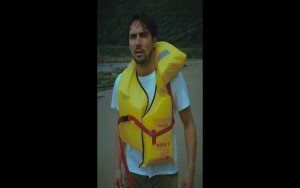
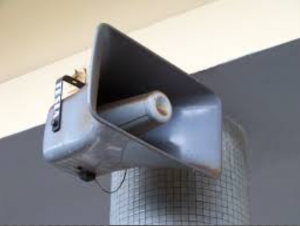
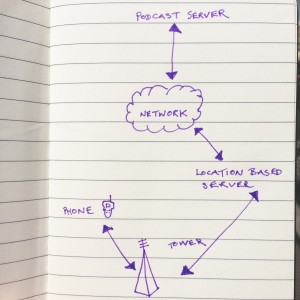
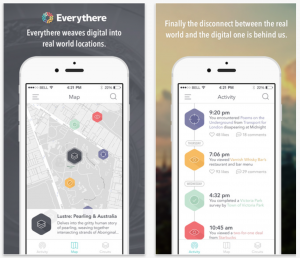
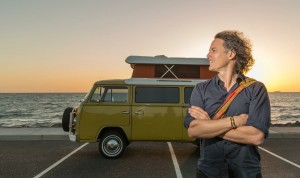 P
P